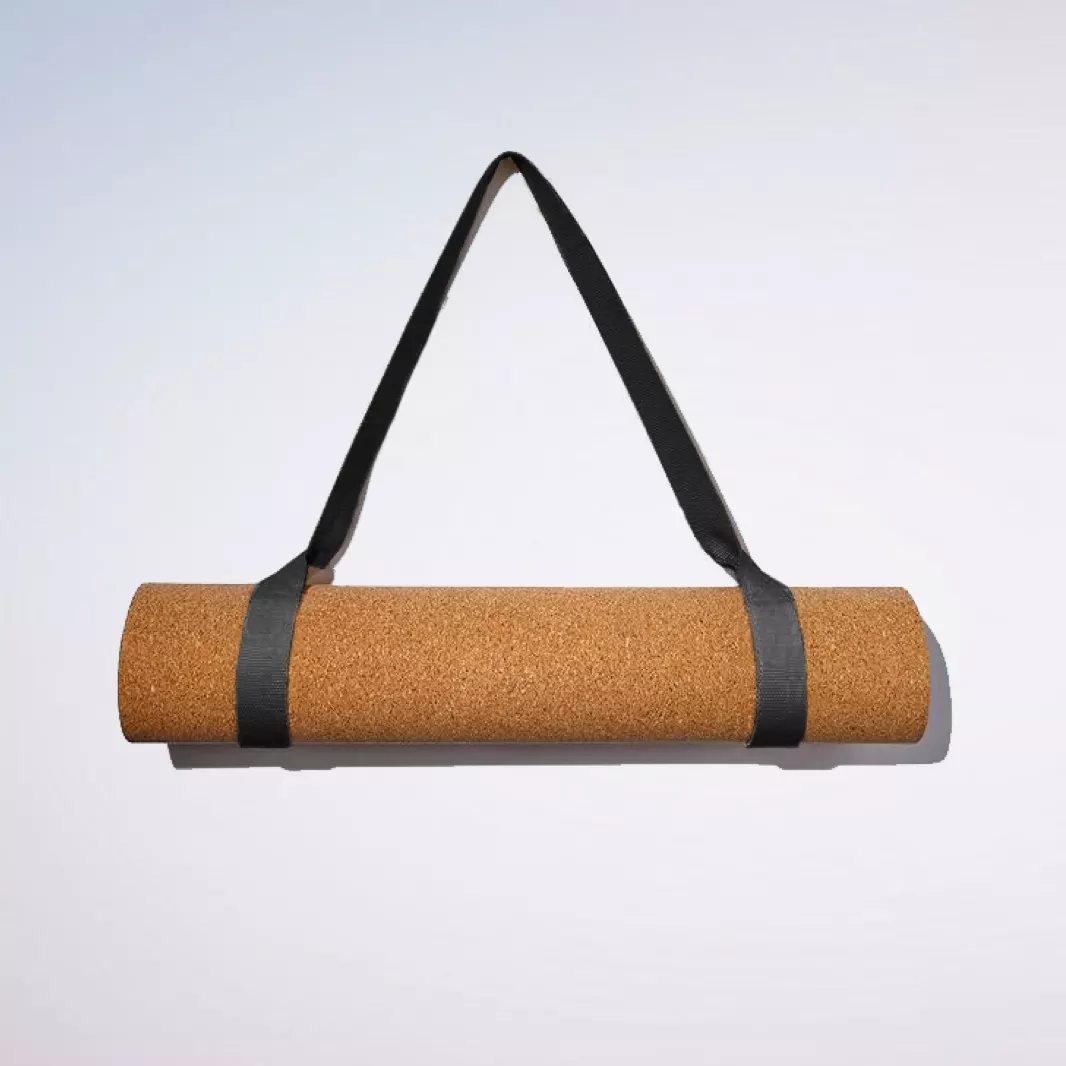What is an eco yoga mat?
Eco yoga mats are designed to minimise their effect on the environment. Typically this means a yoga mat that uses low impact materials that don’t create unnecessary waste during their production and after their use. They are usually biodegradable or recyclable and made from sustainable materials.
There are a variety of different yoga mats on the market that all differ in their quality, performance and eco-credentials.This is introduction to the different types of eco yoga mat available and a breakdown of their strengths and weaknesses.
What is the benefit of using an eco yoga mat?
- Eco yoga mats are non-toxic and better for the planet and your health.
- Eco yoga mats deliver improved performance (compared with PVC yoga mats)
- Eco yoga mats are stylish and look beautiful.
Yoga mats compared.
PVC Plastic Yoga Mat
Most yoga mats produced in the world are made from PVC plastics which have a high environmental impact and end up in landfills or breaking up into microplastics that contaminate the ocean.

Pros
Cheap, Light-weight.
Cons
Negative environmental impact, Poor performance, Prone to rolling at the edges.
|
|

|
|
|
|
|
|
| Grip | Performance | Eco |
Cotton Yoga Rugs
Cotton Yoga Rugs are very versatile, you can fold them to cushion you and support you in a range of postures. They’re great for absorbing sweat and some enjoy using them during hot yoga. They’re textured which gives them good grip on certain surfaces, but their light-weight structure makes them prone to slipping on polished surfaces. Unlike most yoga mats they are machine washable.

Pros
Versatile, Light-weight, Machine washable.
Cons
May need to use in addition to a yoga mat. Low to medium grip depending on floor surface. Hard to keep flat.
|
|
 |
|
|
|
|
|
| Grip | Performance | Eco |
Natural Rubber Yoga Mat
Natural rubber has strong eco credentials (when sourced sustainably) and provides impressive grip and supportive qualities. Natural rubber comes from the sap of the hevea brasiliensis tree, which is then heated through a processed called vulcanisation, to make the rubber more durable and resistant to wear and tear. Rubber mats provide strong support and come in a range of thicknesses 3-6mm most commonly. Each mm will add weight but make you mat more supportive to suit your yoga style, joints or preference.

Pros
Great grip, supportive and rolls flat.
Cons
Rubber smell when new (it’s non-toxic & does dissipate over time).
|
|
 |
|
|
|
|
|
| Grip | Performance | Eco |
Cork Yoga Mat
Cork is a sustainable, carbon-positive material that comes from the bark of the Cork Oak Tree (Found in Portugal and Southern Mediterranean countries). The cork is sourced by stripping the bark of the tree without harming to the tree. Cork yoga mats are loved for their beautiful velvet like texture and excellent grip. Cork produces a waxy substance called Suberin which improves the grip of the mat when wet. Cork is also self-cleaning, compounds called phenolics within the cork cells kill bacteria and keep your mat smelling fresh, no matter how much you sweat.

Pros
Excellent grip, anti-microbial & self-cleaning. Lovely aesthetic.
Cons
Heavier than most mats.
|
|
 |
|
|
|
|
|
| Grip | Performance | Eco |
What is the best eco yoga mat for me?
The best eco yoga mat for you depends on you budget, preference and style of yoga. Whilst we are unashamedly biased, we believe that our own Cork Space™ Yoga Mat has the best combination of grip, comfort and eco credentials.
Whichever mat you choose, check the reviews, decide on your budget and enjoy all the benefits that come with owning your own beautifully made eco yoga mat.

